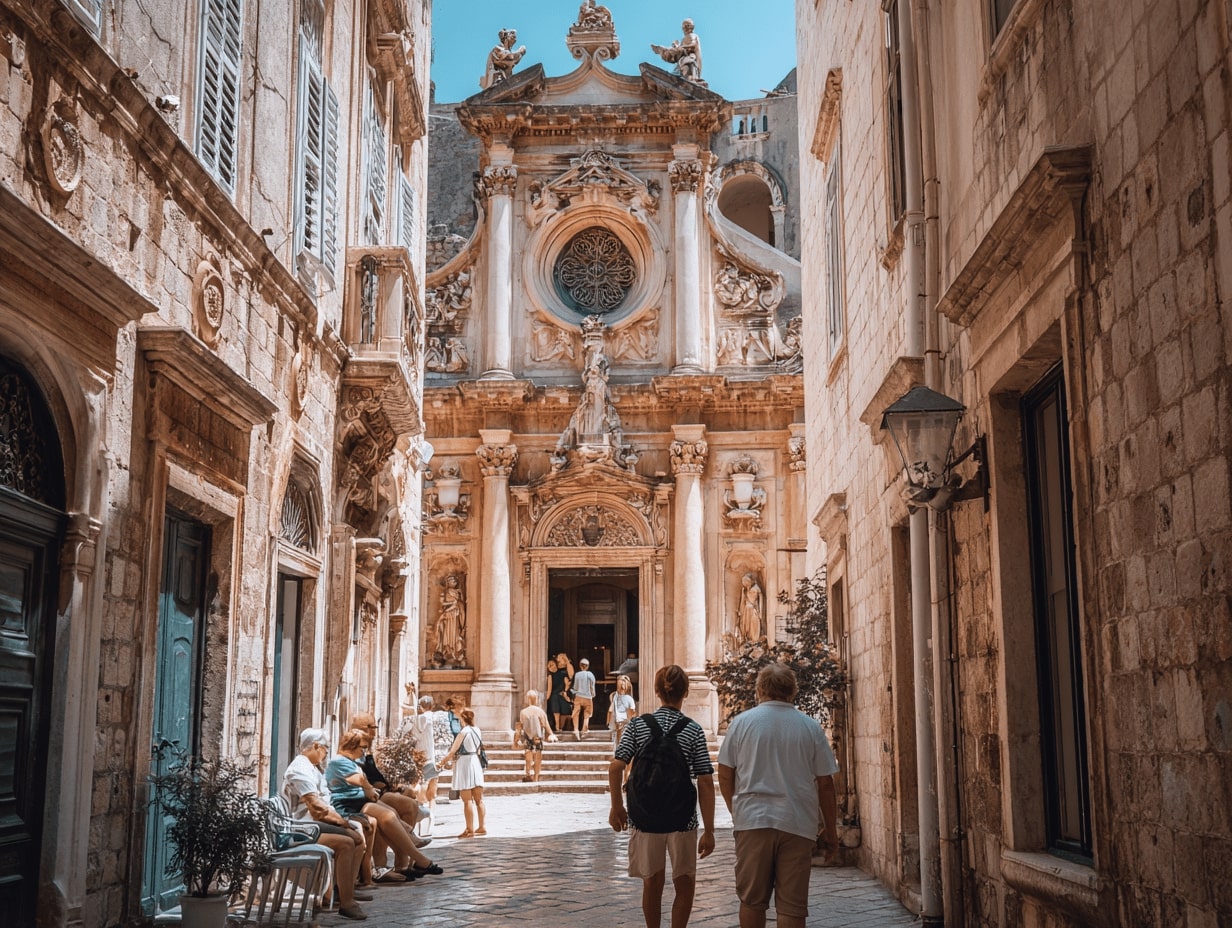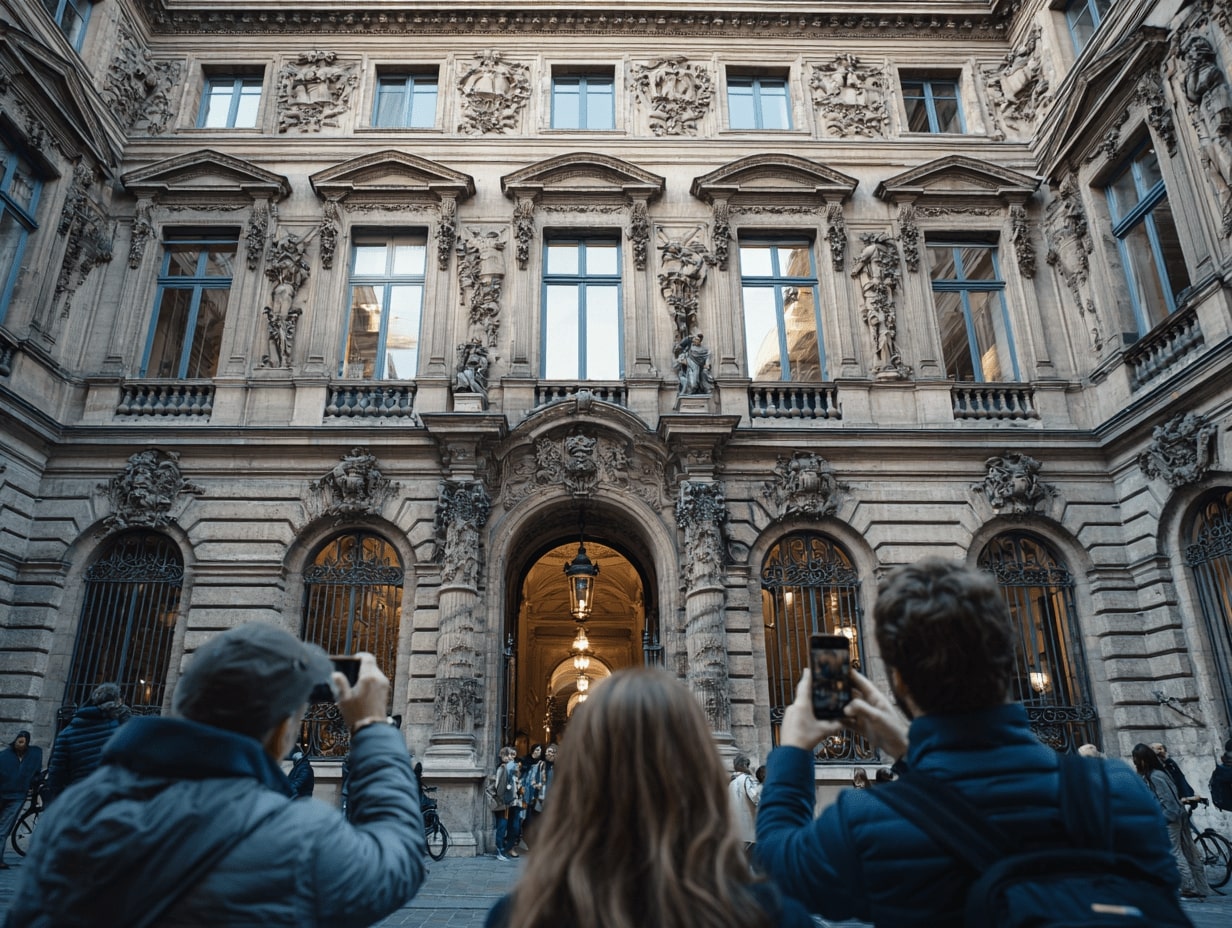- Home
- Articles
- Architectural Portfolio
- Architectral Presentation
- Inspirational Stories
- Architecture News
- Visualization
- BIM Industry
- Facade Design
- Parametric Design
- Career
- Landscape Architecture
- Construction
- Artificial Intelligence
- Sketching
- Design Softwares
- Diagrams
- Writing
- Architectural Tips
- Sustainability
- Courses
- Concept
- Technology
- History & Heritage
- Future of Architecture
- Guides & How-To
- Art & Culture
- Projects
- Interior Design
- Competitions
- Jobs
- Store
- Tools
- More
- Home
- Articles
- Architectural Portfolio
- Architectral Presentation
- Inspirational Stories
- Architecture News
- Visualization
- BIM Industry
- Facade Design
- Parametric Design
- Career
- Landscape Architecture
- Construction
- Artificial Intelligence
- Sketching
- Design Softwares
- Diagrams
- Writing
- Architectural Tips
- Sustainability
- Courses
- Concept
- Technology
- History & Heritage
- Future of Architecture
- Guides & How-To
- Art & Culture
- Projects
- Interior Design
- Competitions
- Jobs
- Store
- Tools
- More
Why the Value of Preserving Historic Buildings Still Shapes Better Cities
Discover the value of preserving historic buildings: how reuse boosts identity, jobs, and cuts carbon with practical strategies, funding, and design tips.

We talk a lot about the value of preserving historic buildings because it touches more than nostalgia, it influences culture, climate, and the economy in real, measurable ways. When we keep the best of the past and adapt it for today, we create places that feel rooted and resilient. In this text, we unpack how preservation strengthens identity, supports jobs, lowers carbon, and helps us grow smarter, not just bigger.
Table of Contents
ToggleWhat Counts As Historic And Why It Matters
“Historic” isn’t just about age. We consider a building historic when it has significance, architectural, cultural, or social, and sufficient integrity to convey that story. A mid-century library by a notable local architect, a corner grocery tied to immigrant entrepreneurship, a Black-owned jazz club that nurtured a scene: each can be historic.
Why it matters: these places are physical records of our community’s evolution. They anchor us during change, give context to new development, and provide a common narrative we can actually touch. When we protect what’s distinctive, we avoid the “anywhere, USA” effect that drains cities of character and competitiveness.

Cultural And Community Value
Identity, Memory, And Sense Of Place
We experience cities through stories. A preserved train depot or row of workers’ cottages helps us remember who built the place and why. We can stand on the same floorboards as earlier generations and feel that continuity. That’s not sentimentality: it’s orientation. Places with a strong sense of place retain residents and attract talent because they feel authentic.

Education And Storytelling Across Generations
Historic buildings are ready-made classrooms. We can teach design, civics, social history, and even building science by walking a block. A restored courthouse can host exhibits about civil rights cases that unfolded there. A repurposed factory can interpret labor history while housing a tech incubator, an honest juxtaposition that sparks conversation across ages.
Social Cohesion And Community Pride
When we rally around a landmark, we create social glue. Clean-up days, walking tours, or a neighborhood vote to save a theater bring people who don’t normally meet into the same room. That civic muscle memory pays dividends the next time we face tough decisions. Pride is contagious: it shows up in small things, porch repairs, planters, a mural, that lift an entire block.
Economic And Environmental Benefits
Local Jobs, Small Business Growth, And Tourism
Preservation is labor-intensive and locally sourced. Craftspeople, architects, energy auditors, and contractors all benefit when we repair rather than replace. Historic main streets are catnip for independent retailers and food businesses because the scale and texture invite strolling. Add it up and you’ve got stronger local multipliers, and yes, more visitors seeking that one-of-a-kind neighborhood.

Property Values And Neighborhood Stability
Data from multiple cities shows that local historic districts often maintain or outperform surrounding markets. Why? Predictability. Clear guidelines reduce speculative whiplash, which helps homeowners plan improvements and small landlords keep reinvesting. Meanwhile, mixed-age neighborhoods, old and new, tend to weather downturns better than monocultures of the same vintage.
Sustainability And Embodied Carbon Savings
The greenest building is the one that already exists. Reusing a structure preserves the embodied carbon locked in its bricks, timber, and steel. We avoid the emissions from demolition and new materials, and we can still upgrade performance. Paired with sensitive retrofits, insulation, air sealing, heat pumps, preservation becomes a climate strategy, not a barrier.
Adaptive Reuse That Meets Modern Life
Design Strategies For Flexible New Uses
We can turn banks into branches of the library, mills into mixed-income apartments, schools into co-working hubs. The trick is reading the building: keep the tall windows, generous stairwells, and rhythmic bays that make it special, then insert new systems and layouts that serve contemporary needs. Light-touch interventions, mezzanines, demountable partitions, and shared cores, stretch budgets and extend usefulness.

Upgrading Performance: Energy, Safety, And Accessibility
Modern life demands comfort and safety. We can discreetly add sprinklers, shear walls, and seismic bracing. We can integrate high-efficiency HVAC, LED lighting, and smart controls without wrecking historic fabric. And accessibility isn’t optional: ramps, lifts, and clear routes can be designed as elegant elements, not afterthoughts, so everyone uses and enjoys the place.
Balancing Preservation With Development
Context-Sensitive Infill And Density
Preservation isn’t a freeze-frame. We can add housing and jobs by placing taller buildings where they fit, stepping down near landmarks, echoing materials and proportions without mimicry. Good infill respects the street wall and human scale while delivering the density we need near transit.

Community Engagement And Equitable Outcomes
We get better projects when we listen early. Co-design sessions, multilingual outreach, and transparent tradeoffs help align preservation goals with housing, mobility, and climate targets. Benefits agreements, local hiring, cultural space, public amenities, tie new value to community priorities.
Policy Tools And Funding To Make It Work
Historic Districts, Easements, And Zoning Incentives
Local districts and landmarks commissions set clear expectations. Preservation easements protect facades or interiors while allowing active use. Zoning can reward adaptive reuse with height bonuses, reduced parking, or use flexibility when projects retain significant historic elements.

Tax Credits, Grants, And Public-Private Partnerships
State and federal historic tax credits routinely fill 15–40% of eligible rehab costs. Pair them with energy rebates, brownfield incentives, or cultural grants and tough projects suddenly pencil. Public-private partnerships can shoulder seismic upgrades or shared infrastructure that individual owners can’t absorb alone.
Streamlined Approvals And Clear Design Guidelines
Time is money. Predictable timelines, pre-approved details, and illustrated guidelines reduce friction and guesswork. When applicants know what “compatible” means, we cut redesign cycles and get quality results faster.
Common Challenges And Practical Solutions
Costs, Codes, And Construction Complexities
Old buildings come with surprises, hidden rot, odd spans, out-of-date wiring. We can mitigate risk with early condition assessments, selective demolition, and contingency budgets. Performance-based codes and alternative methods provisions often allow safe, equivalent solutions without gutting character.

Avoiding Displacement And Preserving Affordability
Preservation shouldn’t price people out. Tools that help: acquisition funds for mission-driven buyers, rehab grants for small landlords, inclusionary housing in reuse projects, and right-to-return policies during phased renovations. Keeping legacy businesses through targeted rent support and technical assistance also matters.
Myths About Preservation Versus Progress
It’s not old versus new. It’s waste versus wisdom. We can grow, house more people, and cut emissions while keeping the buildings that tell our story. The value of preserving historic buildings lies in that both/and approach, change with memory, investment with restraint.
Conclusion
If we want cities that feel meaningful, sustainable, and prosperous, we should treat historic buildings as assets, not obstacles. Let’s reuse more, waste less, and invite more people into the process. When we do, we don’t just save facades, we strengthen community, lower carbon, and create places we’re proud to pass on.
- adaptive reuse of historic buildings
- benefits of preserving historic buildings
- challenges of preserving old buildings
- cultural significance of historic buildings
- economic benefits of preserving buildings
- environmental benefits of historic preservation
- heritage building conservation
- historic architecture conservation
- historic building preservation
- historic landmarks preservation
- historic preservation advocacy
- historic preservation urban renewal
- impact of historic buildings on cities
- importance of historic preservation
- preserving historic districts
- revitalizing cities through preservation
- success stories in building preservation
- sustainable urban planning and heritage
- urban development and historic preservation
- value of historic preservation
Submit your architectural projects
Follow these steps for submission your project. Submission FormLatest Posts
Seddülbahir Fortress Re-Use Project by KOOP Architects + AOMTD
Seddülbahir Fortress, restored after 26 years of multidisciplinary work, reopens as a...
Gersthof Model School Renovation and Conversion by Franz&Sue
Franz&Sue transform Vienna’s historic Gersthof Orthopaedic Hospital into a light-filled, sustainable model...
Jining Zoucheng Ferroalloy 1971 Industrial Heritage Park (Phase I) by DDON
The Ferroalloy 1971 Industrial Heritage Park in Zoucheng, China, transforms a historic...
Reviving Heritage: The Transformation of the Hertford British Hospital Château
The Château of the Hertford British Hospital in Levallois-Perret has been reimagined...












Leave a comment